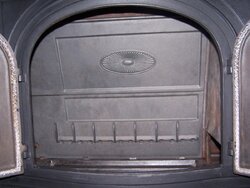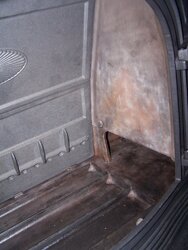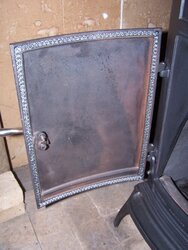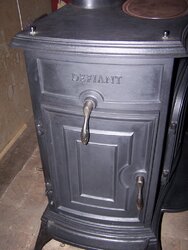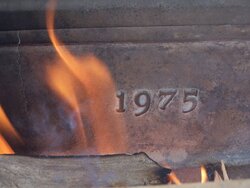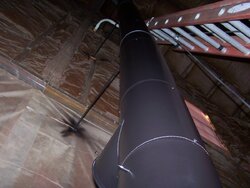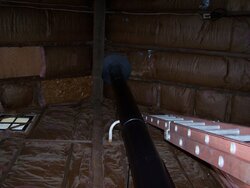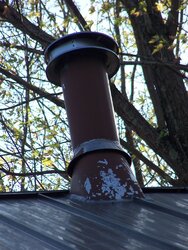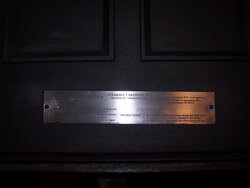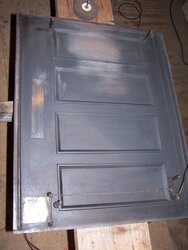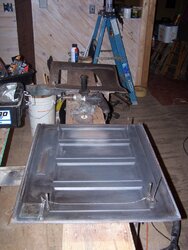While in the middle of major home renovations I noticed the old Vermont Casting Defiant developed a crack in the fireback. I haulted work on the house and focused on the stove.
In the process of replacing the fireback I ended up breaking the whole thing down, cleaning it all up, putting it back together with the Rutland high temp cement (in the right spots) and finishing it off with a coat of Rutland stove polish.
The gaskets on the front doors were still in great shape. The side door gasket was bad and installed a new one.
Need to do about 8-10 break in fires. Fired it up today and she did great. Glad to have her back.
In the process of replacing the fireback I ended up breaking the whole thing down, cleaning it all up, putting it back together with the Rutland high temp cement (in the right spots) and finishing it off with a coat of Rutland stove polish.
The gaskets on the front doors were still in great shape. The side door gasket was bad and installed a new one.
Need to do about 8-10 break in fires. Fired it up today and she did great. Glad to have her back.
Attachments
Last edited:



